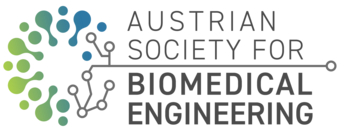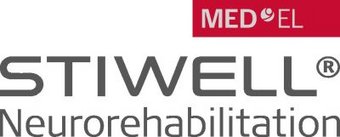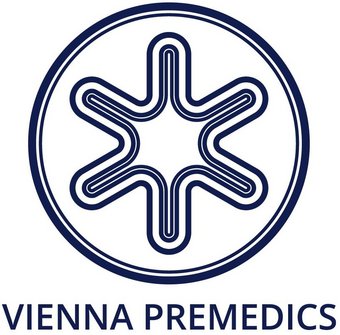Idea
The courses cover both medical and technical scientific fundamentals, along with practical strategies for assessment, setup planning, and monitoring of inpatient and home-based applications. For the hands-on component, we include exhibitors who will provide clinical-use hardware, helping participants familiarize themselves with equipment handling. The program will consist of a joint theory session followed by group-based practical sessions, split into morning and afternoon segments. Each session will cover three topics, ensuring that all participants have the opportunity to experience all six topics.
Topics
1) FES of Denervated Muscles
is an important and effective modality for maintaining muscle function, passive soft tissue, and bone health during neural recovery periods and in chronic conditions. Its applications range from subacute movement rehabilitation, which preserves muscles and supports reinnervation, to long-term prevention of secondary complications such as pressure sores and osteoporosis. In addition to extremity and trunk muscles, facial paralysis will also be a key focus in the course.
2) EMG Controlled Stimulation
of peripheral motor nerves is an effective approach for combined muscle training and active promotion of motor relearning. The outcomes of this intervention significantly surpass what classical physiotherapy and open-loop neuromuscular stimulation can achieve on their own. The course will place special emphasis on assessment and setup strategies for multichannel applications.
3) Neuromodulation
for movement rehabilitation have long been underestimated. However, the potential to influence residual or altered sensory input to the central nervous system is now recognized as an effective option for modifying spasticity, muscle tone, and enhancing weak voluntary motor control. This approach complements and extends classical applications for pain management, such as TENS. The course covers two main application methods:
- Central afferent nerve stimulation / spinal cord stimulation (SCS) / posterior root stimulation: This targets the afferent nerve roots just before they enter the spinal cord, as well as segmental interneuron networks. Electrodes can be placed non-invasively near the lumbar or cervical spine, or epidurally in the spinal canal. Both approaches will be covered in the course, with practical demonstrations.
- Peripheral afferent nerve stimulation: This targets the same neuron pool but offers greater selectivity and spatial resolution, providing inputs from more specific anatomical regions. Nerve branches can be activated in the hands, feet, myotomes, or other superficial peripheral locations using single electrode setups or electrode garments, with step-by-step strategies for assessment and parameter adjustment.
4) Auricular Vagus Nerve Stimulation
is a medical treatment that uses pulsatile stimulation of nerve endings in the ear. By modulating the afferent vagus nerve, it influences a wide range of physiological and systemic processes involved in the communication between the brain and body. The treatment targets chronic pain conditions, neurodegenerative and metabolic disorders, as well as inflammatory and cardiovascular diseases. While experimental data continues to reveal its potential clinical effects, in-silico modeling is employed to optimize the stimulation setup.
5) Multichannel Neuroprostheses
for gait correction, as well as arm and hand functions, will be covered. We plan to provide insights into gait-correction and grasp hybrid orthoses, along with a multichannel device designed for sequential neuromuscular activation of movement patterns in both the upper and lower extremities.
6) FES-Cycling
exercise after spinal cord injury (SCI) has been shown to promote valuable physiological adaptations, including increased muscle mass, improved cardiovascular fitness, and enhanced bone density. Beyond its role in clinical rehabilitation, FES-Cycling offers a strong recreational value and contributes to an improved quality of life for individuals with SCI. It may also help prevent secondary complications such as spasticity, pressure sores, and osteoporosis. The session will further highlight the practical aspects of FES-Cycling, recent achievements and future directions in the rapidly evolving field of FES-Sports.
Background image: © WienTourismus/Christian Stemper









